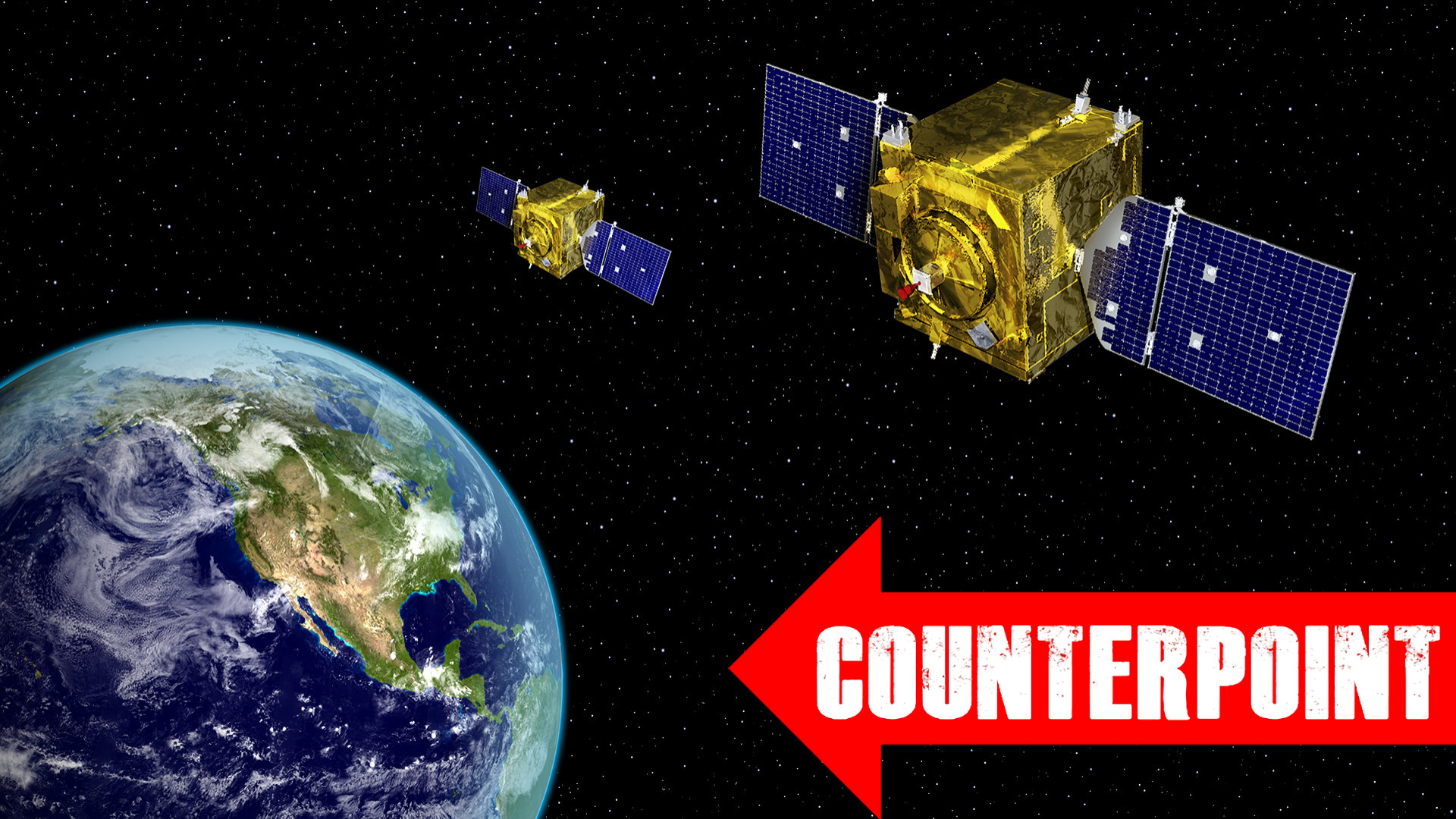
Time for a Force for Space? Yes, But…
By Gregory F. Treverton
NOTE: The views expressed here are those of the authors and do not necessarily represent or reflect the views of SMA, Inc.
On its face, the idea of creating a sixth military service is appealing. There is little doubt that space is becoming more important and more contested. And there is also little doubt that the Air Force, dominated by fighter pilots and fixed on things that can be flown, will not pay enough attention to space. Already, as Dave Patterson lays out, the U.S. approach to space is scattered across all the military departments and a dozen civilian organizations, of which NASA is the most important.
So, some focal-point for the scattered military activities relevant to space would be welcome. That said, a fourth military department equal to the Army, Navy and Air Force is not likely to happen. The Air Force lobby in Congress is likely to ensure that. Moreover, any analogy with the creation of the Air Force in 1947 doesn’t work: then, the Army Air Corps was a service-within-a-service, much like the Marines now—only much bigger. Now, the constituent elements are mostly stepchildren in their respective services or commands.
In fact, the 2019 National Defense Authorization Act calls for a combatant command, not a new military department. It would recreate a separate U.S. Space Command—the earlier one was merged with the U.S. Strategic Command in 2002. That is perhaps a better model than a new department, even were the latter possible.
More specifically, perhaps the Special Operations Command (SOCOM) and its Pentagon connections, the assistant secretary for Special Operations and Low Intensity Conflict (SOLIC), constitute a model to emulate. It took time, but SOCOM has become all but another service with its own procurement budget. More important, it took another set of forces—the unconventional or special operators–that were stepchildren in their own services despite the appeal of SEALs and Green Berets in Hollywood, not to mention the hearts of grateful Americans.
It has become a truly inter-service operation. When Space Command existed, it was always commanded by an Air Force officer, who was dual-hatted as commander of Air Force Space Command. It was an Air Force show. In contrast, while most SOCOM commanders have been Army officers, several admirals and one Air Force general have also commanded. What is especially striking is that over the years personnel have come to identify with the command, in many cases more than with their “home” service.
Assembling a true joint space command will be no mean feat, and as the SOCOM experience shows, it will take some time. In one sense, putting together a space command will be harder than SOCOM, for it will need to build connections to the National Reconnaissance Office (NRO), which builds and operates intelligence satellites, and perhaps more important, to NASA and the dozen other civilian agencies with stakes in space, as well as the private sector. If space is becoming more contested, it is also becoming privatized. What was a government monopoly is no more. Already, government satellites are dwarfed in number by private ones. Of the nearly 400 satellites launched in 2017, most were small or cubesats, in contrast to the large multi-purposes—and therefore vulnerable—satellites deployed by defense and intelligence agencies.
SOCOM also provides a model for reaching out, especially across the public-private divide. Its affiliate, SOFWERX, describes itself as “a public facing intermediary to assist with collaboration, innovation, prototyping and exploration with industry, labs and academic partners.” It reaches out to partners in all those sectors, and it can do prototyping and proof of concept for ideas that emerge from the collaboration. The reach will be all the more important for Space Command given that to do its mission it will have to interact continually with both ideas and products in the private sector.
A dedicated, truly joint space command makes eminent sense. But it would be wise not to expect too much too soon. There are, however, precedents to draw on, and the experience of SOCOM is suggestive of a path for the space command.